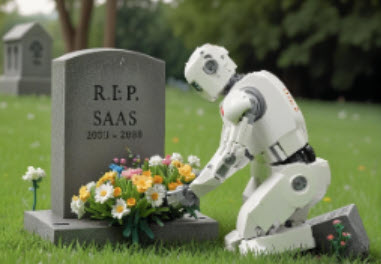
The Decline of Traditional SaaS and the Rise of AI-first Applications
Last updated: January 25, 2025 Read in fullscreen view
- 25 Nov 2025
 How AI Agents Are Redefining Enterprise Automation and Decision-Making 22/36
How AI Agents Are Redefining Enterprise Automation and Decision-Making 22/36 - 05 Oct 2025
 The New Facebook Algorithm: A Paradigm Shift in Content Discovery 19/46
The New Facebook Algorithm: A Paradigm Shift in Content Discovery 19/46 - 01 Jul 2025
 The Hidden Costs of Not Adopting AI Agents: Risk of Falling Behind 17/108
The Hidden Costs of Not Adopting AI Agents: Risk of Falling Behind 17/108 - 07 Nov 2025
 Online vs. Offline Machine Learning Courses in South Africa: Which One Should You Pick? 16/30
Online vs. Offline Machine Learning Courses in South Africa: Which One Should You Pick? 16/30 - 05 Jul 2020
 What is Sustaining Software Engineering? 14/1188
What is Sustaining Software Engineering? 14/1188 - 03 Nov 2023
 Why Is Billable Viable Product An Alternative To Minimum Viable Product? 12/165
Why Is Billable Viable Product An Alternative To Minimum Viable Product? 12/165 - 21 Nov 2025
 The Rise of AgentOps: How Enterprises Are Managing and Scaling AI Agents 12/43
The Rise of AgentOps: How Enterprises Are Managing and Scaling AI Agents 12/43 - 20 Mar 2022
 What is a Multi-Model Database? Pros and Cons? 11/1063
What is a Multi-Model Database? Pros and Cons? 11/1063 - 06 Nov 2025
 Top 10 AI Development Companies in the USA to Watch in 2026 10/36
Top 10 AI Development Companies in the USA to Watch in 2026 10/36 - 02 Oct 2022
 The Real Factors Behind Bill Gates’ Success: Luck, Skills, or Connections? 8/300
The Real Factors Behind Bill Gates’ Success: Luck, Skills, or Connections? 8/300 - 01 Mar 2023
 What is Unit Testing? Pros and cons of Unit Testing? 8/355
What is Unit Testing? Pros and cons of Unit Testing? 8/355 - 18 Jul 2024
 The 8 Best ways to Innovate your SAAS Business Model in 2024 8/204
The 8 Best ways to Innovate your SAAS Business Model in 2024 8/204 - 30 Jul 2024
 The Future of IT Consulting: Trends and Opportunities 8/131
The Future of IT Consulting: Trends and Opportunities 8/131 - 29 Nov 2021
 Memorandum of Understanding (MOU) for Partnership Agreements 7/470
Memorandum of Understanding (MOU) for Partnership Agreements 7/470 - 30 Jan 2022
 What Does a Sustaining Engineer Do? 7/554
What Does a Sustaining Engineer Do? 7/554 - 27 Jul 2024
 Positive Psychology in the Digital Age: Future Directions and Technologies 6/337
Positive Psychology in the Digital Age: Future Directions and Technologies 6/337 - 14 Aug 2024
 From Steel to Software: The Reluctant Evolution of Japan's Tech Corporates 6/488
From Steel to Software: The Reluctant Evolution of Japan's Tech Corporates 6/488 - 05 Aug 2024
 Revisiting the Mistake That Halted Japan's Software Surge 5/320
Revisiting the Mistake That Halted Japan's Software Surge 5/320 - 11 Oct 2022
 Why choose Billable Viable Product (BVP) over Minimum Viable Product (MVP) 5/315
Why choose Billable Viable Product (BVP) over Minimum Viable Product (MVP) 5/315 - 24 Dec 2024
 Artificial Intelligence and Cybersecurity: Building Trust in EFL Tutoring 5/144
Artificial Intelligence and Cybersecurity: Building Trust in EFL Tutoring 5/144 - 08 Jan 2024
 Ask Experts: Explicitation/Implicitation and Elicitation; two commonly used but barely unraveled concepts 4/275
Ask Experts: Explicitation/Implicitation and Elicitation; two commonly used but barely unraveled concepts 4/275 - 31 Dec 2021
 What is a Data Pipeline? 4/187
What is a Data Pipeline? 4/187 - 22 Sep 2022
 Why is it important to have a “single point of contact (SPoC)” on an IT project? 3/843
Why is it important to have a “single point of contact (SPoC)” on an IT project? 3/843 - 20 Dec 2021
 What is Hybrid Mobile App Development? 3/313
What is Hybrid Mobile App Development? 3/313 - 09 Jul 2024
 What Is Artificial Intelligence and How Is It Used Today? 3/216
What Is Artificial Intelligence and How Is It Used Today? 3/216 - 27 Feb 2025
 How AI Agents are Changing Software Development? 3/170
How AI Agents are Changing Software Development? 3/170 - 09 Oct 2024
 Short-Form Video Advertising: The Secret to Captivating Your Audience 3/107
Short-Form Video Advertising: The Secret to Captivating Your Audience 3/107 - 06 Dec 2024
 Steps For Integrating Sustainable Practices Into Business Operations 3/114
Steps For Integrating Sustainable Practices Into Business Operations 3/114 - 05 Jun 2025
 How AI-Driven Computer Vision Is Changing the Face of Retail Analytics 2/77
How AI-Driven Computer Vision Is Changing the Face of Retail Analytics 2/77 - 17 Oct 2025
 MLOps vs AIOps: What’s the Difference and Why It Matters 2/66
MLOps vs AIOps: What’s the Difference and Why It Matters 2/66 - 28 Nov 2025
 How AI Will Transform Vendor Onboarding and Seller Management in 2026 2/19
How AI Will Transform Vendor Onboarding and Seller Management in 2026 2/19 - 04 Oct 2023
 The Future of Work: Harnessing AI Solutions for Business Growth 2/258
The Future of Work: Harnessing AI Solutions for Business Growth 2/258 - 10 Sep 2024
 Leading Remote Teams in Hybrid Work Environments 2/125
Leading Remote Teams in Hybrid Work Environments 2/125 - 21 Aug 2024
 What is Singularity and Its Impact on Businesses? 2/324
What is Singularity and Its Impact on Businesses? 2/324 - 21 Apr 2025
 Agent AI in Multimodal Interaction: Transforming Human-Computer Engagement 2/147
Agent AI in Multimodal Interaction: Transforming Human-Computer Engagement 2/147 - 07 Nov 2022
 Why Design Thinking can save the outsourcing industry 2/168
Why Design Thinking can save the outsourcing industry 2/168 - 18 Aug 2024
 The Future of Web Development: Emerging Trends and Technologies Every Developer Should Know 2/173
The Future of Web Development: Emerging Trends and Technologies Every Developer Should Know 2/173 - 21 Dec 2023
 Top 12 Low-Code Platforms To Use in 2024 2/1147
Top 12 Low-Code Platforms To Use in 2024 2/1147 - 31 Dec 2022
 The New Normal for Software Development 2/343
The New Normal for Software Development 2/343 - 31 Dec 2022
 Future of Software Development Trends and Predictions for 2023 1/120
Future of Software Development Trends and Predictions for 2023 1/120 - 16 Aug 2022
 What is a Headless CMS? 1/225
What is a Headless CMS? 1/225 - 16 Sep 2022
 Examples Of Augmented Intelligence In Today’s Workplaces Shaping the Business as Usual 1/394
Examples Of Augmented Intelligence In Today’s Workplaces Shaping the Business as Usual 1/394 - 13 Nov 2021
 What Is Bleeding Edge Technology? Are bleeding edge technologies cheaper? 1/454
What Is Bleeding Edge Technology? Are bleeding edge technologies cheaper? 1/454 - 25 Apr 2021
 What is outstaffing? 1/229
What is outstaffing? 1/229 - 05 Aug 2024
 Affordable Tech: How Chatbots Enhance Value in Healthcare Software 1/142
Affordable Tech: How Chatbots Enhance Value in Healthcare Software 1/142 - 03 Jan 2024
 Why Partnership is important for Growth? 1/145
Why Partnership is important for Growth? 1/145 - 06 May 2025
 How Machine Learning Is Transforming Data Analytics Workflows 1/148
How Machine Learning Is Transforming Data Analytics Workflows 1/148 - 20 Feb 2025
 How Machine Learning is Shaping the Future of Digital Advertising 1/76
How Machine Learning is Shaping the Future of Digital Advertising 1/76 - 20 Aug 2025
 What Is Agentic AI? The Next Phase of Artificial Intelligence 1/96
What Is Agentic AI? The Next Phase of Artificial Intelligence 1/96 - 29 Oct 2024
 Top AI Tools and Frameworks You’ll Master in an Artificial Intelligence Course 1/328
Top AI Tools and Frameworks You’ll Master in an Artificial Intelligence Course 1/328 - 22 Nov 2024
 The Role of AI in Enhancing Business Efficiency and Decision-Making 1/154
The Role of AI in Enhancing Business Efficiency and Decision-Making 1/154 - 02 Dec 2024
 The Intersection of AI and Business Analytics: Key Concepts to Master in Your Business Analytics Course 1/252
The Intersection of AI and Business Analytics: Key Concepts to Master in Your Business Analytics Course 1/252 - 28 Oct 2025
 The Future of Real Estate: Key Trends and Essential Lessons in Digital Transformation 1/10
The Future of Real Estate: Key Trends and Essential Lessons in Digital Transformation 1/10 - 24 Oct 2025
 AI Agents in SaaS Platforms: Automating User Support and Onboarding /51
AI Agents in SaaS Platforms: Automating User Support and Onboarding /51 - 23 Jun 2025
 AI Avatars in the Metaverse: How Digital Beings Are Redefining Identity and Social Interaction /85
AI Avatars in the Metaverse: How Digital Beings Are Redefining Identity and Social Interaction /85 - 10 Nov 2025
 Multi-Modal AI Agents: Merging Voice, Text, and Vision for Better CX /33
Multi-Modal AI Agents: Merging Voice, Text, and Vision for Better CX /33 - 25 Sep 2024
 Enhancing Decision-Making Skills with an MBA: Data-Driven Approaches for Business Growth /177
Enhancing Decision-Making Skills with an MBA: Data-Driven Approaches for Business Growth /177 - 27 Aug 2025
 How AI Consulting Is Driving Smarter Diagnostics and Hospital Operations /66
How AI Consulting Is Driving Smarter Diagnostics and Hospital Operations /66 - 29 Aug 2025
 How AI Is Transforming Modern Management Science /33
How AI Is Transforming Modern Management Science /33 - 22 Sep 2025
 Why AI Is Critical for Accelerating Drug Discovery in Pharma /53
Why AI Is Critical for Accelerating Drug Discovery in Pharma /53 - 18 Jan 2024
 Self-healing code is the future of software development /200
Self-healing code is the future of software development /200 - 19 Dec 2023
 How AI is Transforming Software Development? /275
How AI is Transforming Software Development? /275 - 01 Mar 2024
 (AI) Artificial Intelligence Terms Every Beginner Should Know /280
(AI) Artificial Intelligence Terms Every Beginner Should Know /280 - 15 Apr 2024
 Weights & Biases: The AI Developer Platform /170
Weights & Biases: The AI Developer Platform /170 - 10 Sep 2024
 AI in Email Marketing: Personalization and Automation /154
AI in Email Marketing: Personalization and Automation /154 - 03 Jul 2022
 What is the difference between Project Proposal and Software Requirements Specification (SRS) in software engineering? /955
What is the difference between Project Proposal and Software Requirements Specification (SRS) in software engineering? /955 - 10 Apr 2022
 What is predictive analytics? Why it matters? /167
What is predictive analytics? Why it matters? /167 - 31 Dec 2023
 Software Development Outsourcing Trends to Watch Out for in 2024 /160
Software Development Outsourcing Trends to Watch Out for in 2024 /160
The Decline of Traditional SaaS and the Rise of AI-first Applications
1. Shifting Technological Landscape
Artificial Intelligence (AI) is ushering in a new wave of innovation, marked by AI-first applications that are increasingly intelligent, capable of automating numerous processes, and making decisions that often surpass human efficiency in various domains.
Businesses are gradually moving away from traditional SaaS models to adopt AI-driven platforms that offer higher levels of personalization and deeper integration into operational workflows.
2. Limitations of Traditional SaaS
- Low Flexibility: Traditional SaaS solutions generally provide a one-size-fits-all experience, lacking the depth of customization required to address specific business needs.
- High Maintenance Costs: Organizations must continuously pay monthly or annual subscription fees, leading to a rising Total Cost of Ownership (TCO) over time.
- Limited Integration: Although many SaaS platforms offer open APIs, integrating multiple SaaS solutions often remains complex and resource-intensive.
3. AI-native Solutions – The Future of Enterprise Software
- Full Automation with AI: New AI platforms can automate tasks ranging from data entry and analysis to trend forecasting, reducing the dependency on human intervention.
- Generative AI for Personalization: AI technologies deliver highly tailored solutions that adapt to specific business needs, moving beyond the standardized offerings of traditional software.
- AI-as-a-Service (AIaaS): A new model is emerging where businesses can access AI services through APIs with far greater customization capabilities than conventional SaaS.
4. SaaS Evolution: Is It Truly “Dead”?
SaaS is not entirely obsolete but is evolving into AI-driven SaaS, where AI serves as the core enabler, making these platforms smarter, faster, and more responsive to user data.
Traditional SaaS companies must adapt by integrating AI into their offerings to remain competitive. Otherwise, they risk being outpaced by AI-first startups.
The Gray Zone: SaaS vs. AI-driven SaaS
The transition from SaaS to AI-driven SaaS reveals a nuanced gray zone where businesses must evaluate which approach aligns best with their operational goals and technological capabilities. Here are some critical considerations:
Overlap in Use Cases
Both traditional SaaS and AI-driven SaaS serve common business functions, such as Customer Relationship Management (CRM), Enterprise Resource Planning (ERP), and project management. However, AI-driven SaaS adds predictive analytics, automation, and personalization capabilities, offering a competitive edge.
Cost Implications
-
SaaS: Predictable subscription-based pricing but with potentially high long-term costs due to limited scalability and customization.
-
AI-driven SaaS: Higher initial investment in implementation and training but greater ROI through process efficiencies and automation.
Complexity and Integration
-
SaaS: Easier to implement but may struggle with integration across diverse systems.
-
AI-driven SaaS: Requires technical expertise for setup and integration but enables deeper system interconnectivity and adaptability.
Adoption Curve
-
SaaS: More accessible for organizations with limited tech expertise.
-
AI-driven SaaS: Demands a higher level of digital maturity, often involving change management and workforce upskilling.
Future-readiness
AI-driven SaaS is better positioned for future technological trends, such as real-time data-driven decision-making and hyper-personalization, making it an attractive option for forward-looking enterprises.
In this gray zone, businesses must carefully assess their priorities, resource availability, and long-term goals to determine the right approach. While SaaS remains a viable option for companies seeking simplicity and reliability, AI-driven SaaS is emerging as the preferred choice for those aiming to stay ahead in a rapidly evolving digital landscape.
Phạm Đình Trường
Technical Director, TIGO Solutions






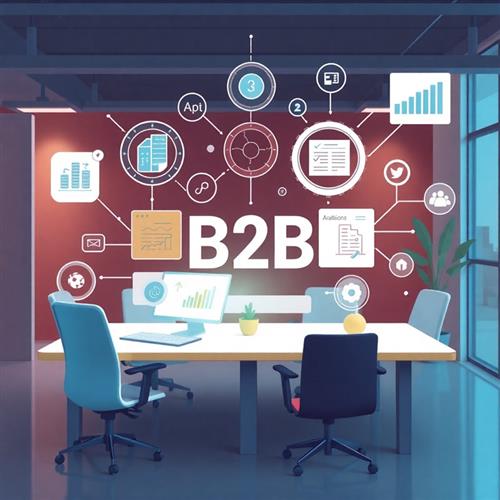
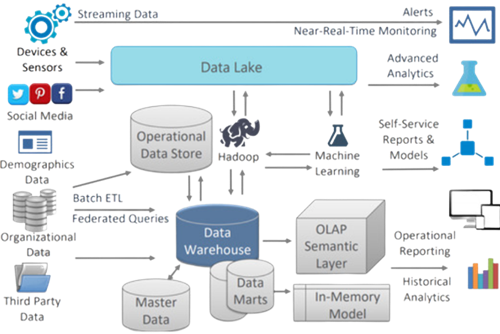

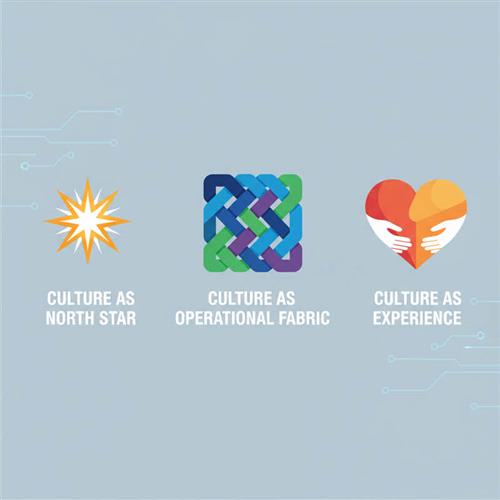
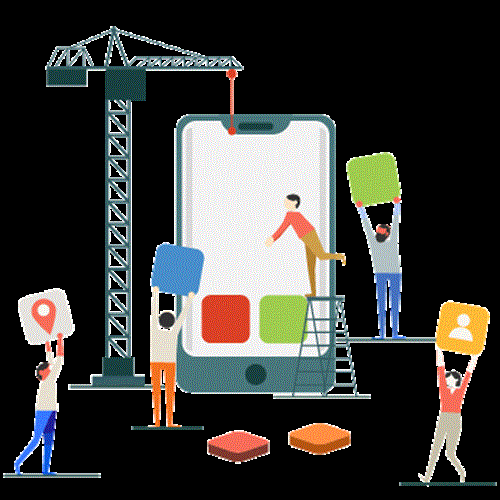
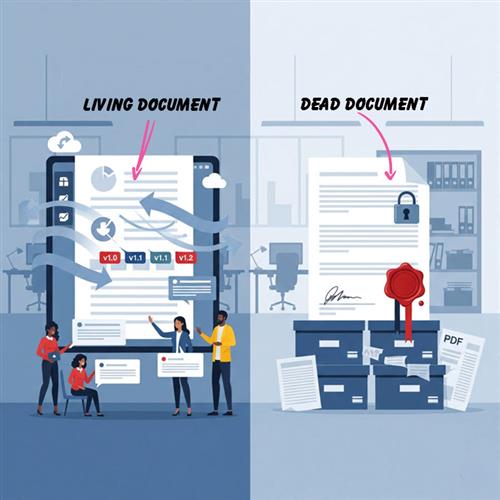
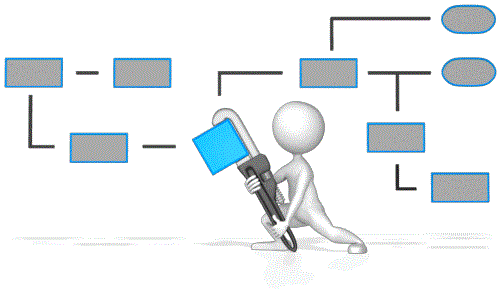
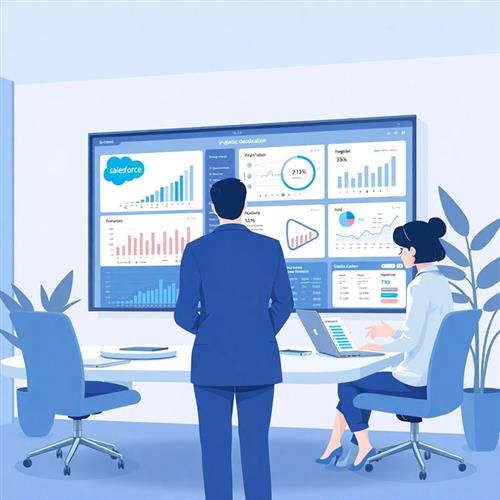
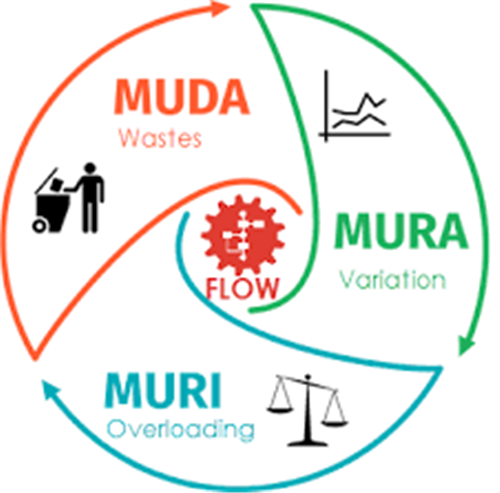
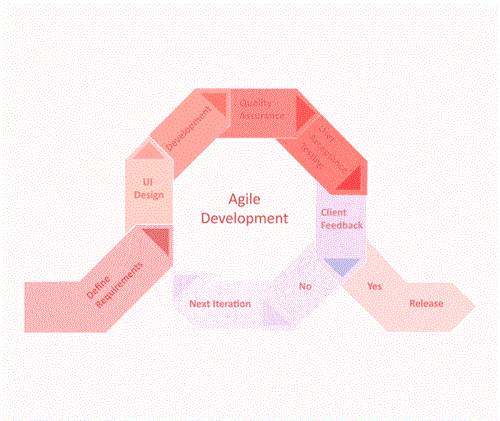

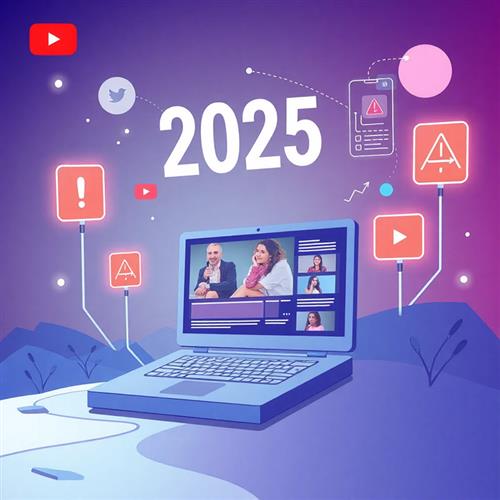

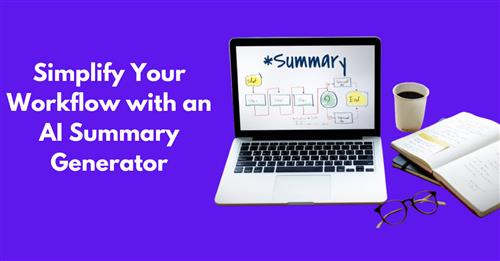
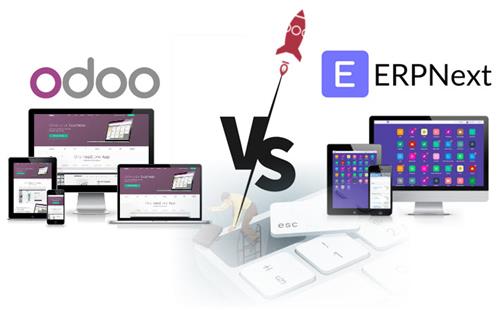
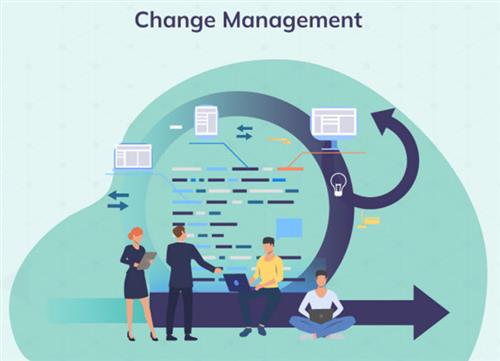
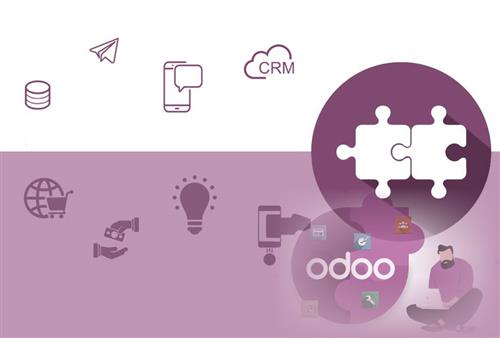
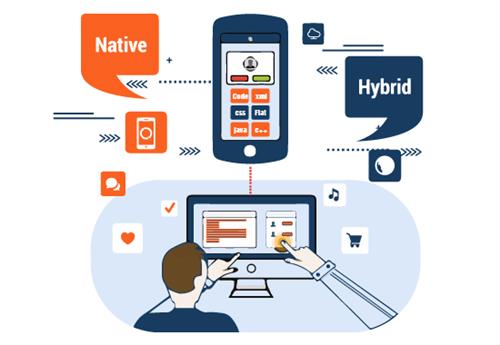










 Link copied!
Link copied!
 Recently Updated News
Recently Updated News